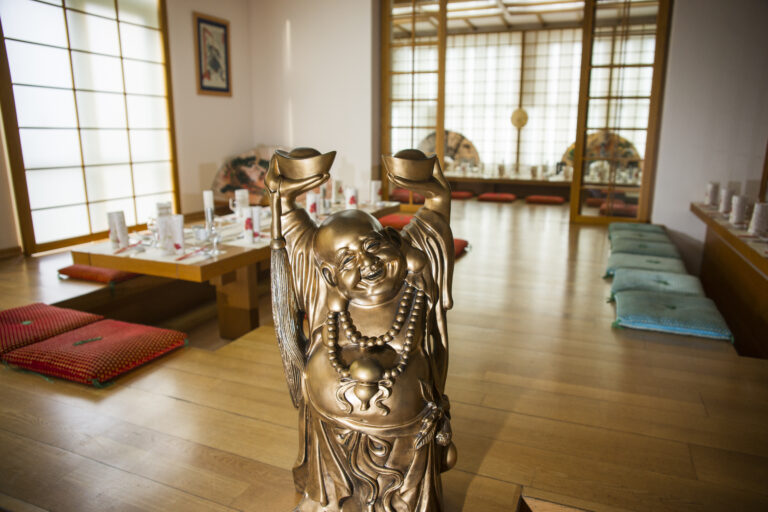The term Jyokyo is a fascinating word that holds deep roots in the Japanese language and culture. While not always familiar to global audiences, Jyokyo reflects ideas of situation, circumstance, or the context in which events unfold. Many people searching for the meaning of Jyokyo are interested in understanding how it is used in the Japanese language, how it connects to everyday life, and why it is important when interpreting cultural expressions. In this article, we will explore the definition of Jyokyo, its history, its role in communication, and how it continues to remain relevant in modern times.
What is Jyokyo? Understanding the Meaning
The Japanese word Jyokyo (状況) translates to “situation” or “circumstance” in English. It is used to describe the conditions or context surrounding an event, person, or environment. For example, if someone asks about your Jyokyo, they are asking about your current status or the situation you are in. The word highlights the importance of context in Japanese communication, where understanding the broader conditions is often just as important as the details themselves. Unlike single words that give direct answers, Jyokyo emphasizes the flow and balance of surrounding conditions, making it central to cultural and linguistic expression.
The Origins and Linguistic Roots of Jyokyo
The term Jyokyo is derived from two kanji characters: 状 (jō), meaning condition, form, or state, and 況 (kyō), meaning circumstance or situation. Together, they form a concept that goes beyond mere description and touches on the overall picture of events. In Japanese, combining kanji often creates deeper meanings than either character alone, and Jyokyo is an excellent example of how language captures the essence of reality. This reflects the Japanese worldview, which often values harmony and interconnectedness rather than isolating events as standalone occurrences.
Jyokyo in Japanese Culture and Communication
In Japanese society, the concept of Jyokyo is very important because it emphasizes sensitivity to circumstances. For example, when making decisions in business or social life, Japanese people often take into account the Jyokyo before acting. This means understanding timing, conditions, and relationships. Culturally, this aligns with values of respect, harmony, and awareness of one’s environment. Many traditional Japanese practices, from tea ceremonies to negotiations, highlight the importance of observing the Jyokyo and responding appropriately. This shows how deeply embedded the idea is in cultural identity and behavior.
Modern Uses of Jyokyo in Daily Life
Today, the word Jyokyo is used in countless everyday situations. For example, in conversations, one might ask about someone’s Jyokyo to know how they are doing or what conditions they are facing. In business, Jyokyo is used to assess market situations, workplace dynamics, or project status. In media and news, it often describes the circumstances surrounding political, social, or environmental issues. Its versatility makes it one of the most practical yet meaningful words in Japanese communication. By understanding the context of Jyokyo, learners of Japanese can also improve their ability to grasp subtleties in conversation.
Why Understanding Jyokyo Matters in a Global Context
While Jyokyo is a Japanese word, the concept behind it is universal. In every culture, being aware of situations and circumstances helps people make better decisions, maintain good relationships, and navigate challenges more effectively. For global businesses working with Japanese partners, understanding the role of Jyokyo can improve cross-cultural communication and cooperation. Similarly, for students of Japanese language, grasping the meaning of Jyokyo enhances fluency and cultural insight. In a world that is increasingly interconnected, appreciating such terms helps bridge gaps between different ways of thinking.
Conclusion
The word Jyokyo is more than just a translation of “situation.” It is a concept deeply tied to Japanese culture, communication, and worldview. From its kanji roots to its modern applications, Jyokyo teaches us about the importance of context and awareness in daily life. Whether in personal relationships, professional settings, or global exchanges, understanding Jyokyo helps us see the bigger picture and respond more thoughtfully. By embracing the idea of Jyokyo, we not only learn about the Japanese language but also gain valuable insight into living with mindfulness and cultural sensitivity.
Frequently Asked Questions (FAQ)
Q1: What does Jyokyo mean in Japanese?
Jyokyo (状況) means “situation” or “circumstance” and refers to the conditions surrounding an event or state.
Q2: How is Jyokyo used in daily conversations?
People use Jyokyo to ask about someone’s status or to describe the conditions of a particular event, environment, or challenge.
Q3: What are the kanji characters in Jyokyo?
Jyokyo is written with 状 (jō) meaning “condition” and 況 (kyō) meaning “circumstance,” combining to form a rich expression of context.
Q4: Why is Jyokyo important in Japanese culture?
It emphasizes sensitivity to context, timing, and relationships, which aligns with cultural values of harmony, respect, and awareness.
Q5: Can Jyokyo be applied outside Japan?
Yes, the concept of Jyokyo is universal because understanding circumstances and context is essential for decision-making and communication everywhere.

